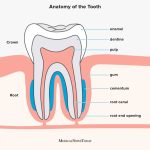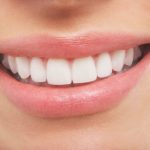Why Are My Teeth Clear? Understanding the Causes of Transparent Teeth
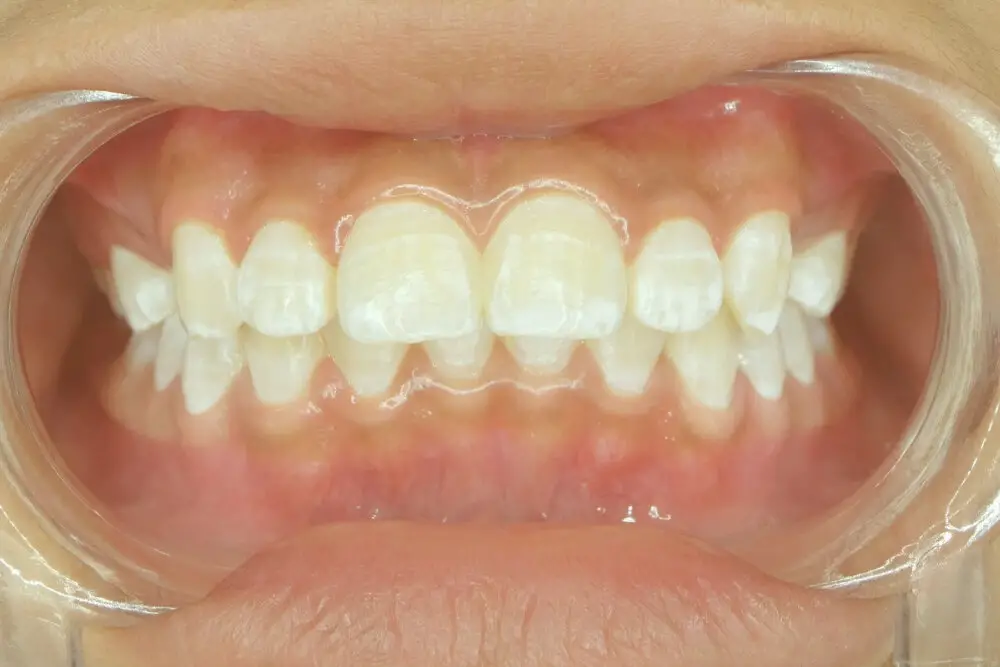
Transparent teeth are not only a cosmetic concern, but they can also indicate underlying dental problems. Teeth are supposed to be white, not clear, so if you notice that your teeth are becoming more transparent, it’s essential to understand why this is happening. Transparent teeth can occur due to a variety of reasons, ranging from genetics to lifestyle habits, and resolving the issue will depend on the cause. Understanding the causes of transparent teeth is crucial in identifying an effective treatment plan and restoring the health and appearance of your teeth. One of the most common causes of transparent teeth is enamel erosion. The enamel is the outermost layer of the tooth that protects it from damage and decay. However, when the enamel begins to wear away, the underlying layer called dentin becomes more visible, causing the teeth to appear transparent. Enamel erosion can occur due to a variety of reasons, such as consuming acidic foods and drinks, brushing too hard, and grinding your teeth. If left untreated, enamel erosion can lead to tooth decay, sensitivity, and even tooth loss, making it important to address any signs of transparent teeth promptly.
What Are Transparent Teeth?
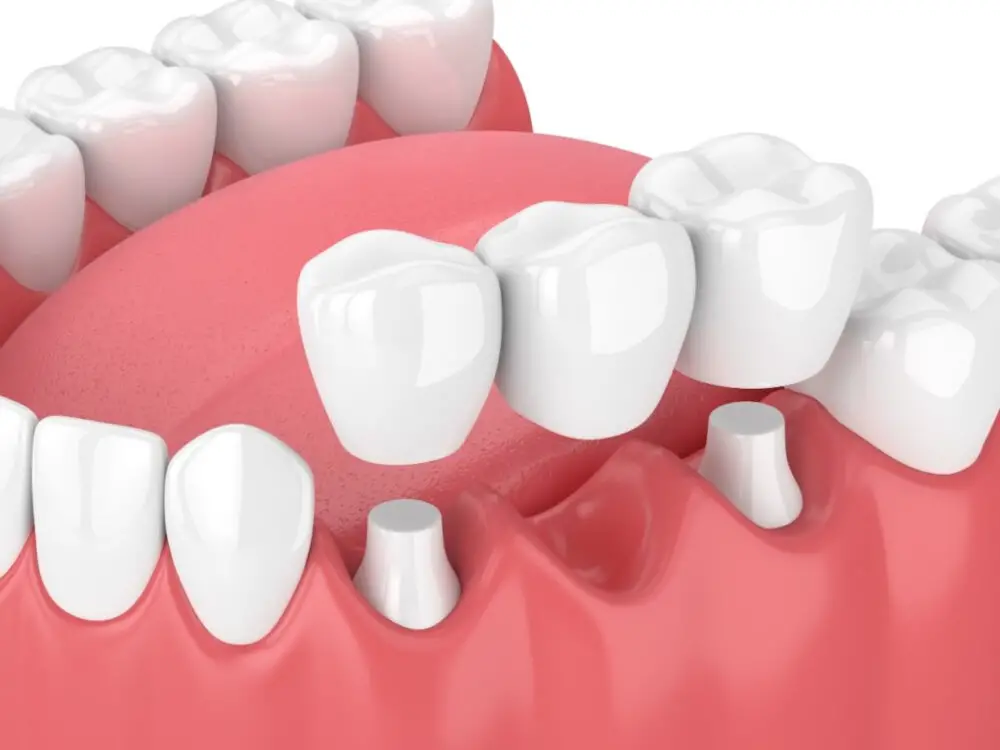
Transparent teeth are a condition where the teeth appear to be clear or almost translucent, giving them a glass-like appearance. This phenomenon is usually caused by enamel erosion or thinning. The enamel is the hard, protective outer layer of the tooth that typically gives it its characteristic white color. When the enamel is worn away or becomes thin, the underlying dentin layer is exposed, which is yellow in color. This leads to the appearance of transparent teeth, where the yellowish dentin layer becomes visible through the enamel. There are several reasons why enamel may become thin or erode. One of the most common causes is the excessive consumption of acidic foods and drinks, such as carbonated beverages, citrus fruits, and wine. Acidic substances can erode the enamel over time, leading to transparent teeth. Other factors that can contribute to enamel erosion include teeth grinding, brushing too hard or with a hard-bristled toothbrush, and certain medications that can cause dry mouth or reduce saliva flow. Understanding the causes of transparent teeth is crucial in preventing this condition and maintaining good dental health.
Transparent teeth, also known as translucent teeth, are teeth that appear see-through or glassy. This condition occurs when the enamel, the outer layer of the teeth, becomes thin or worn down, revealing the underlying dentin layer. Dentin is naturally yellowish in color, which can make the teeth look translucent or even white in some cases. Transparent teeth can be caused by a variety of factors, including genetics, aging, enamel erosion from acidic foods or drinks, teeth grinding, and certain medical conditions. While transparent teeth may not necessarily indicate a serious dental problem, it’s important to consult with a dentist to determine the underlying cause and receive proper treatment if necessary.
Transparent teeth are a dental condition that occurs when the enamel on the surface of the teeth becomes thin and transparent, exposing the layer of dentin underneath. This condition can be caused by a variety of factors, including genetics, aging, and excessive consumption of acidic foods and drinks. Some common symptoms of transparent teeth include a glassy appearance, increased sensitivity to hot and cold temperatures, and a yellowish or grayish tint to the teeth. If you suspect that you may have transparent teeth, it is important to consult with a dental professional to determine the underlying cause and develop an appropriate treatment plan.
Transparent teeth, also known as translucent teeth, are a relatively common dental condition that affects a significant number of individuals worldwide. The prevalence of transparent teeth varies depending on age, gender, and genetic factors. Some people may have naturally translucent teeth, while others may develop this condition due to various reasons, such as enamel erosion, dental trauma, or a genetic disorder. Transparent teeth can be a cosmetic concern for some individuals, as they may appear dull, discolored, or yellowish. However, transparent teeth do not necessarily indicate poor dental health, and they can usually be treated with proper dental care, including regular brushing, flossing, and dental checkups.
Causes of Transparent Teeth
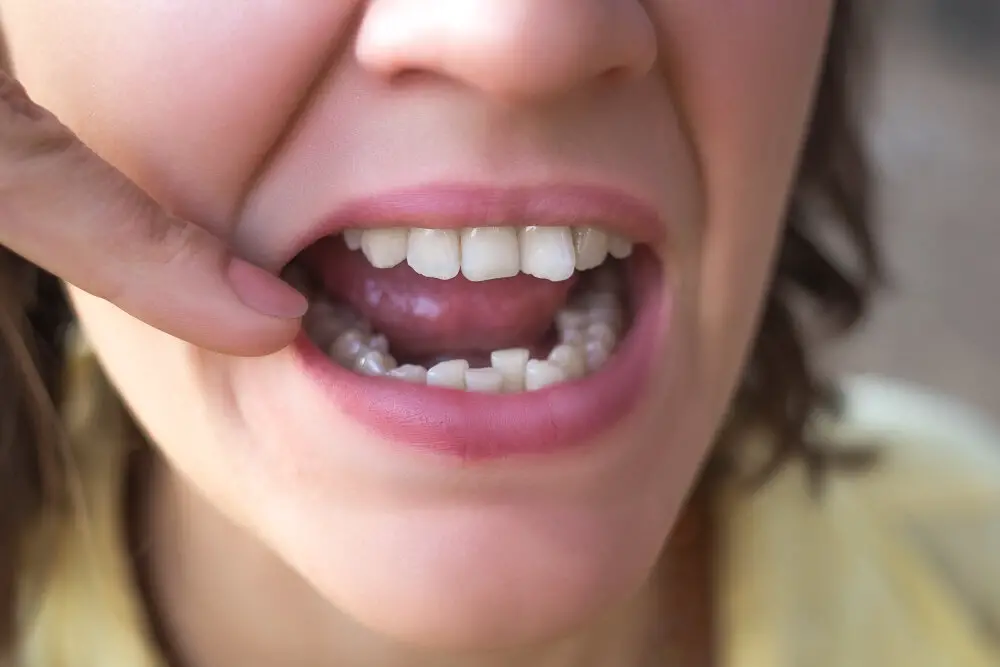
Transparent teeth, also known as translucent teeth, are a dental condition where the teeth appear see-through or transparent. This condition can be caused by several factors, including enamel erosion, age, genetics, or a poor diet. Enamel erosion is the most common cause of transparent teeth. Enamel is the hard, protective layer on the outside of the tooth that protects it from decay and damage. When the enamel becomes worn or eroded, it can cause the teeth to appear transparent. This erosion can be caused by several factors, including excessive consumption of acidic foods and drinks, tooth grinding, or brushing too hard. As the enamel wears away, the underlying dentin layer becomes more visible, giving the teeth a translucent appearance. Age can also be a contributing factor to transparent teeth. As we age, our teeth naturally become thinner, causing them to appear more transparent. This is due to the fact that the enamel layer becomes thinner over time, exposing more of the underlying dentin layer. Genetics can also play a role in the development of transparent teeth. Some people are born with thinner enamel, which can make their teeth more susceptible to erosion and wear. Additionally, a poor diet lacking in essential vitamins and minerals can weaken the enamel, making it more prone to erosion and leading to transparent teeth. It is important to maintain good oral hygiene habits and a healthy diet to prevent enamel erosion and maintain strong, healthy teeth.
Enamel erosion is the gradual wearing down of the outer layer of the teeth, which is caused by acid attack. This can happen due to a variety of reasons such as consuming acidic food and drinks, frequent vomiting, and acid reflux. Additionally, poor oral hygiene, as well as the use of certain medications, can also contribute to enamel erosion. When the enamel is eroded, the underlying dentin layer becomes more visible, leading to transparent or translucent teeth. This can cause tooth sensitivity, discoloration, and an increased risk of tooth decay. Maintaining good oral hygiene practices, avoiding acidic foods and drinks, and seeking treatment for underlying medical conditions can help prevent and treat enamel erosion.
Genetics play a significant role in determining the color and transparency of our teeth. Our genes dictate the amount and quality of enamel, the outer layer of the tooth that protects it from decay and damage. Enamel is composed primarily of minerals, and any disturbances during its formation can result in abnormalities such as hypomineralization, which causes transparent or yellowish teeth. Genetically inherited conditions such as amelogenesis imperfecta can also result in weak or discolored enamel, leading to transparent teeth. Understanding these genetic factors can help individuals take preventative measures to maintain healthy teeth and seek appropriate treatment when necessary.
As we age, our bodies undergo numerous changes, and our teeth are no exception. Over time, our enamel – the hard, protective layer that covers the outer surface of our teeth – can start to wear away, leading to a variety of dental problems. This can be caused by factors such as acid erosion from acidic foods and drinks, tooth grinding, and natural wear and tear from years of use. Additionally, changes in the composition of our saliva as we age can also contribute to the breakdown of enamel. As a result, our teeth may become more transparent, yellowed, and vulnerable to decay and sensitivity. Understanding the causes of transparent teeth is crucial for maintaining good dental health as we age.
An acidic diet is one of the leading causes of transparent teeth. Consuming foods and drinks that are high in acidity can erode the enamel on teeth, causing them to appear transparent. Some common culprits of an acidic diet include citrus fruits, carbonated beverages, and sugary snacks. When enamel is worn away, the underlying dentin becomes more visible, resulting in a translucent appearance. It is essential to maintain a balanced diet and limit consumption of acidic foods and drinks to protect the enamel and prevent further damage to teeth. Additionally, practicing good oral hygiene habits, such as brushing and flossing regularly, can help maintain healthy teeth and prevent tooth decay.
Certain medications can cause transparent teeth. Medications such as tetracycline and doxycycline, which are antibiotics, can cause tooth discoloration and make teeth appear transparent. Chemotherapy drugs can also cause tooth discoloration and thinning of tooth enamel. Additionally, some medications used to treat acid reflux can lead to erosion of tooth enamel, resulting in transparent teeth. It is important to speak with a healthcare provider or dentist about any medications you are taking and their potential side effects on dental health.
Symptoms of Transparent Teeth
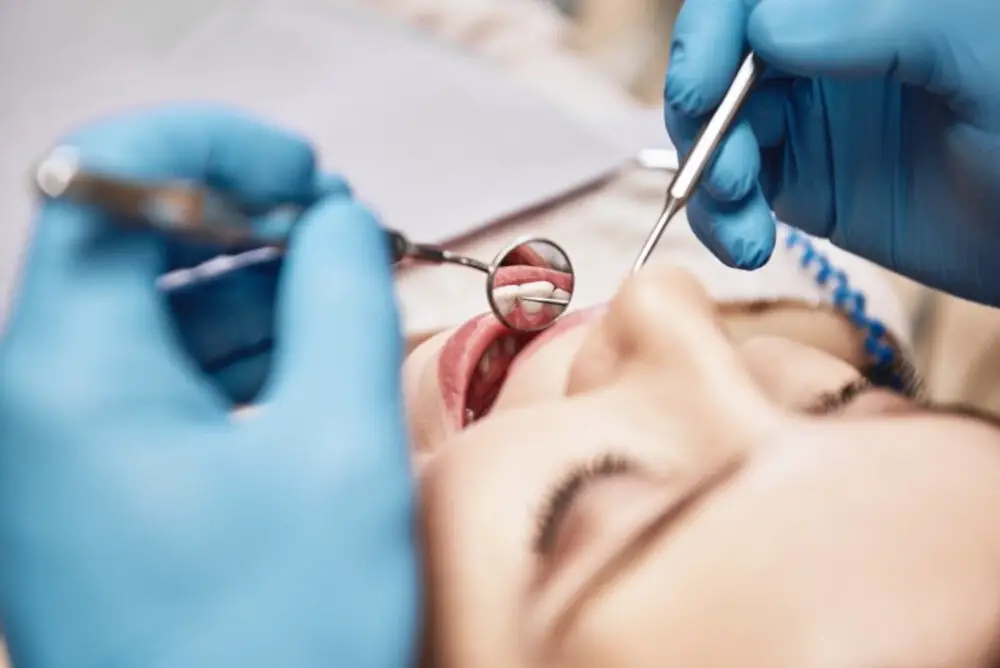
Transparent teeth, also known as translucent teeth, can be a cause for concern and embarrassment for many individuals. Some of the most common symptoms of transparent teeth include a see-through or glass-like appearance of the teeth, increased sensitivity to hot and cold temperatures, and a higher risk of tooth decay and discoloration. Transparent teeth can also make individuals feel self-conscious about their smile, leading to a decrease in confidence and overall quality of life. In addition to these symptoms, individuals with transparent teeth may also experience pain or discomfort when chewing or biting down. This can be attributed to the thinning of the enamel, which can make the teeth more susceptible to damage and decay. Other symptoms may include a yellow or brown discoloration of the teeth, as well as an increased risk of tooth fractures due to the weakened enamel. If left untreated, transparent teeth can lead to more serious dental problems, such as cavities, gum disease, and even tooth loss. It is important for individuals experiencing these symptoms to seek the advice of a dental professional in order to receive proper diagnosis and treatment.
Sensitivity to hot and cold temperatures is a common symptom experienced by individuals with transparent teeth. The enamel on teeth is responsible for protecting the tooth from temperature changes, but when it becomes thinner or worn down, the tooth becomes more vulnerable to sensitivity. Exposure to hot or cold temperatures can cause a sharp, shooting pain in the affected tooth, making it difficult to eat or drink certain foods and beverages. Factors such as grinding or clenching teeth, consuming acidic foods and drinks, and using abrasive toothpaste can all contribute to the erosion of enamel, leading to sensitivity and transparent teeth. Proper dental hygiene and regular dental checkups can help prevent and manage this condition.
Discoloration is a common dental problem that affects the color of teeth, making them appear darker or yellowish. However, there are cases where teeth become transparent or translucent, which can be puzzling to patients. This phenomenon occurs when the enamel, which is the outermost layer of teeth, becomes thin, allowing the underlying dentin to show through. This can happen due to several factors, including genetics, aging, overconsumption of acidic foods and drinks, and excessive brushing. Individuals with transparent teeth may experience sensitivity to hot and cold temperatures, as well as increased susceptibility to tooth decay. If you notice any changes in the appearance of your teeth, it is essential to consult with your dentist to identify the cause and receive appropriate treatment.
Transparent or translucent teeth are a result of enamel erosion, which can be caused by various factors. One of the most common factors that can lead to enamel erosion is an increased risk of tooth decay. Tooth decay is a bacterial infection that damages the tooth structure, including the enamel. When left untreated, tooth decay can progress and cause enamel erosion, leading to transparent teeth. Poor dental hygiene, a diet high in sugar and acid, and frequent snacking can increase the risk of tooth decay. Regular visits to the dentist, proper brushing and flossing techniques, and a balanced diet can help prevent tooth decay and maintain healthy enamel.
Treatment for Transparent Teeth
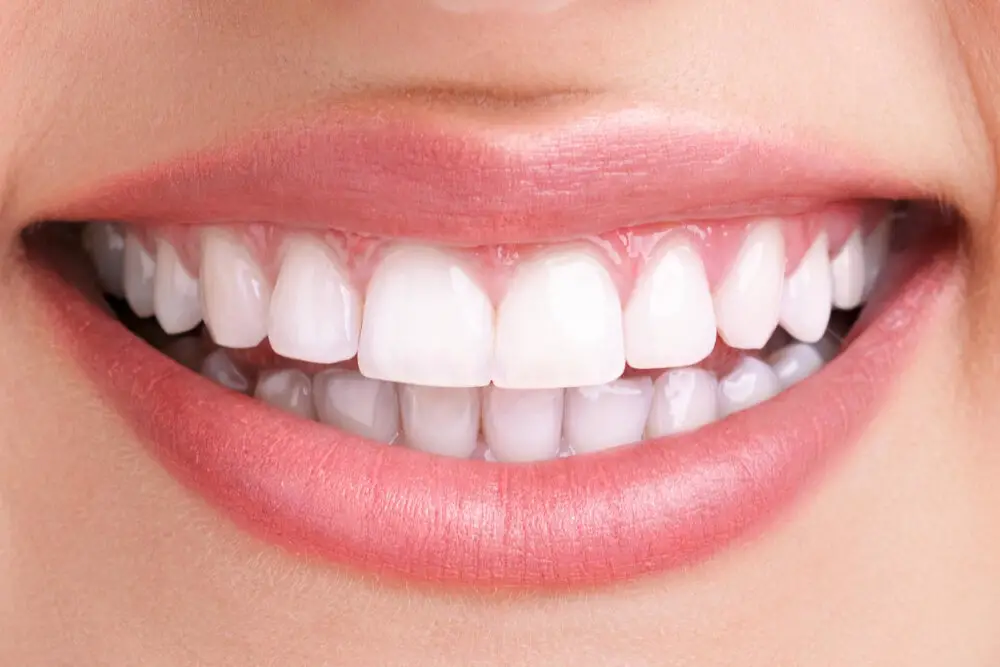
Transparent teeth, also known as translucent teeth, is a condition where the teeth appear almost see-through due to the loss of enamel. The enamel is the protective layer of the teeth that shields the delicate inner layers from damage and decay. Transparent teeth can be caused by a variety of factors, including wear and tear, genetics, acid erosion, and excessive brushing. Fortunately, there are several treatment options available for transparent teeth. One of the most common treatments for transparent teeth is dental bonding. This procedure involves applying a tooth-colored composite resin to the surface of the teeth to improve their appearance and protect them from further damage. Dental bonding is a quick and painless procedure that can be completed in one visit to the dentist’s office. Another treatment option is dental veneers, which are thin, custom-made shells that are placed over the front of the teeth to improve their appearance. Veneers are more durable than bonding and can last up to 15 years with proper care. Other treatments for transparent teeth may include fluoride treatments, desensitizing agents, and changes in oral hygiene habits. It is important to consult with a dental professional to determine the best treatment option for your specific needs.
Fluoride treatment is a common procedure used to strengthen teeth and prevent tooth decay. Fluoride is a naturally occurring mineral found in water, soil, and certain foods. It works by strengthening the enamel, the outer layer of the tooth, making it more resistant to acid attacks from bacteria and sugars. Fluoride treatment is usually administered by a dentist or dental hygienist in the form of a gel, foam, or varnish, which is applied to the teeth for a few minutes. It is a safe and effective way to reduce the risk of cavities, especially for those who are at high risk of tooth decay. However, excessive fluoride exposure can cause a condition called fluorosis, which can lead to white, brown, or black spots on the teeth. Therefore, it is important to follow the recommended dosage and seek professional advice before undergoing fluoride treatment.
Dental bonding and veneers are two popular cosmetic dental procedures that can help improve the appearance of transparent teeth. Dental bonding involves applying a tooth-colored resin to the surface of the affected tooth, which is then cured with a special light to bond the material to the tooth. This can help to fill in any gaps or chips in the tooth, as well as improve its color and shape. Veneers, on the other hand, are thin shells made of porcelain or composite materials that are custom-made to fit over the front surface of the teeth. They can be used to cover up any imperfections in the teeth, including transparency, and can provide a more dramatic transformation to your smile. Both of these procedures are minimally invasive and can produce long-lasting results, making them popular choices for those looking to improve the appearance of their teeth.
Changes in diet and oral hygiene habits can significantly impact the transparency of teeth. Consuming sugary and acidic foods and drinks can erode the enamel, leading to the exposure of the dentin layer, which is naturally yellow in color. Poor oral hygiene habits, such as infrequent brushing and flossing, can also contribute to the erosion of enamel and the buildup of plaque and tartar, which can make teeth appear more transparent. To prevent transparent teeth, it is crucial to maintain a balanced diet that is low in sugar and acid and to practice good oral hygiene habits, including brushing twice a day, flossing daily, and visiting the dentist regularly for cleanings and checkups.
Avoiding acidic foods and drinks can play a crucial role in preventing transparent teeth. Acidic foods and drinks can erode the enamel, which is the outermost layer of the teeth, leading to tooth sensitivity and transparency. Some of the acidic foods and drinks that should be avoided or consumed in moderation include citrus fruits, carbonated beverages, sports drinks, and sour candies. Instead, one should consume foods that are high in calcium and phosphorus, such as milk, cheese, and yogurt, as they can help strengthen the enamel. Additionally, drinking plenty of water can help neutralize the acid in the mouth and prevent erosion of the teeth. By being mindful of the foods and drinks consumed, one can help maintain the health and appearance of their teeth.
Transparent teeth are a frequent dental problem that can affect the appearance and health of teeth. This condition is characterized by the gradual loss of the enamel layer, which covers and protects the tooth from damage and decay. The enamel is the hardest substance in the human body and is responsible for giving teeth their white color. When the enamel wears away, the inner layer of the tooth, called dentin, becomes more visible, causing the teeth to look transparent or translucent. The causes of transparent teeth can range from genetics to lifestyle habits, such as consuming acidic foods or beverages, brushing teeth too hard, or grinding teeth at night. It is crucial to seek professional dental care to prevent further damage and restore the health and beauty of your smile.
Transparent teeth can be a cause of concern, as it indicates a loss of enamel and a weakened dental structure. The causes of transparent teeth can vary from brushing too hard, consuming acidic foods and drinks, and even genetics. Identifying the root cause of transparent teeth is crucial in preventing further damage and preserving the integrity of the teeth. For instance, if the cause is determined to be over-brushing, making changes to brushing techniques and using a softer brush can help prevent further damage. By understanding the causes of transparent teeth, individuals can take proactive steps to prevent further damage and maintain a healthy, beautiful smile.
If you are experiencing transparent teeth, seeking treatment from a dental professional can significantly improve the appearance and health of your teeth. Transparent teeth occur when the enamel of your teeth becomes thin, making them more susceptible to damage and discoloration. A dental professional can help identify the underlying cause of your transparent teeth, which may be due to factors such as genetics, aging, or certain medications. Treatment options may include using fluoride toothpaste or mouthwash to strengthen the enamel, dental bonding to improve the appearance of the teeth, or even dental implants if the damage is severe. By taking the necessary steps to improve the health of your teeth, you can enjoy a brighter, healthier smile for years to come.
Conclusion

In conclusion, having clear or transparent teeth can be a result of various factors such as genetics, enamel erosion, or excessive fluoride intake. It is important to identify the underlying cause and take appropriate measures to prevent further damage to the teeth. Maintaining good oral hygiene habits and visiting the dentist regularly can also help in preventing tooth decay and erosion. Transparent teeth may not necessarily cause any significant harm, but it is always better to take precautionary measures to ensure optimal oral health and a confident smile.




